Since the Apollo 11 mission, this Chinese spacecraft will be carrying fresh moon samples, soon to land on Earth this week.
The Chang’e 5 ascent vehicle and orbiter spacecraft came together Saturday (Dec. 5) at around 4:42 p.m. EST (21:42 GMT, 05:42 Dec. 6 Beijing time) to complete the first-ever robotic rendezvous and docking in lunar orbit, the China Lunar Exploration Program announced.
This will be the first moon samples since 1946, and the samples will give us a clue about the history of our moon.
The four-module Chang’e 5 spacecraft launched on Nov. 23 and made China’s third landing on the moon on Dec. 1. The landing craft collected around 4.4 lbs. (2 kilograms) of samples shortly after.
An ascent vehicle carrying the samples then lifted from the moon on Dec. 3 and entered orbit 6 minutes later.
Though, it might be difficult to safely have the samples travel back to Earth since this spacecraft will be ascending from the lunar orbit, uncrewed. This will be a new test of the engineers of China.
“In terms of the space tasks that humans have performed so far, only the Apollo program missions have completed the rendezvous and docking in lunar orbit. However uncrewed rendezvous and docking have never been done before,” Peng Jing, deputy chief designer of the Chang’e 5 probe from the China Academy of Space Technology (CAST), told Chinese media ahead of the attempt.
“It will be the historic first, and it will be very difficult,” Peng stated, adding that the relative position of the two spacecraft needs to be controlled to an accuracy of no less than 2 inches (5 centimeters). The operations also needed to be automated due to the time delay in communicating across the roughly 236,000 miles (380,000 kilometers) between the Earth and the moon. The success is also a step forward for plans to send astronauts to the moon in the future.
“The rendezvous and docking, together with the preceding moves of landing and take-off and the subsequent move of returning, are also important parts in the manned lunar mission. It has laid a technical foundation for our future projects of deep space exploration and manned lunar mission,” Liu Ran, director of the China National Space Administration’s Lunar Exploration and Space Program Center told Chinese media.
The docking was successful on the Chang’e 5 probe, with it retrieving samples 30 minutes have it has landed. The 23-day journey of the probe will have to make the people wait for its return, as it will need to wait for its chance to fire its engines back and land where they want it to.
This will allow the probe to land on Earth at the precise time, to land in Siziwang Banner, Inner Mongolia — the same site used by the China National Space Administration to return astronauts home aboard Shenzhou spacecraft.
The landing is expected to be around Dec. 17. It will come after its entry into the low Earth orbit, bouncing off the atmosphere to help it slow down before finally taking its plunge to Earth.
China tested just such a high-speed return from the moon and reentry in 2014 with the Chang’e 5 T1 test mission.
Once they have retrieved the samples, laboratories will get their hands on them to uncover all the truths about our moon, each coming from labs that have their own unique view and opinion.
Source: Space.com

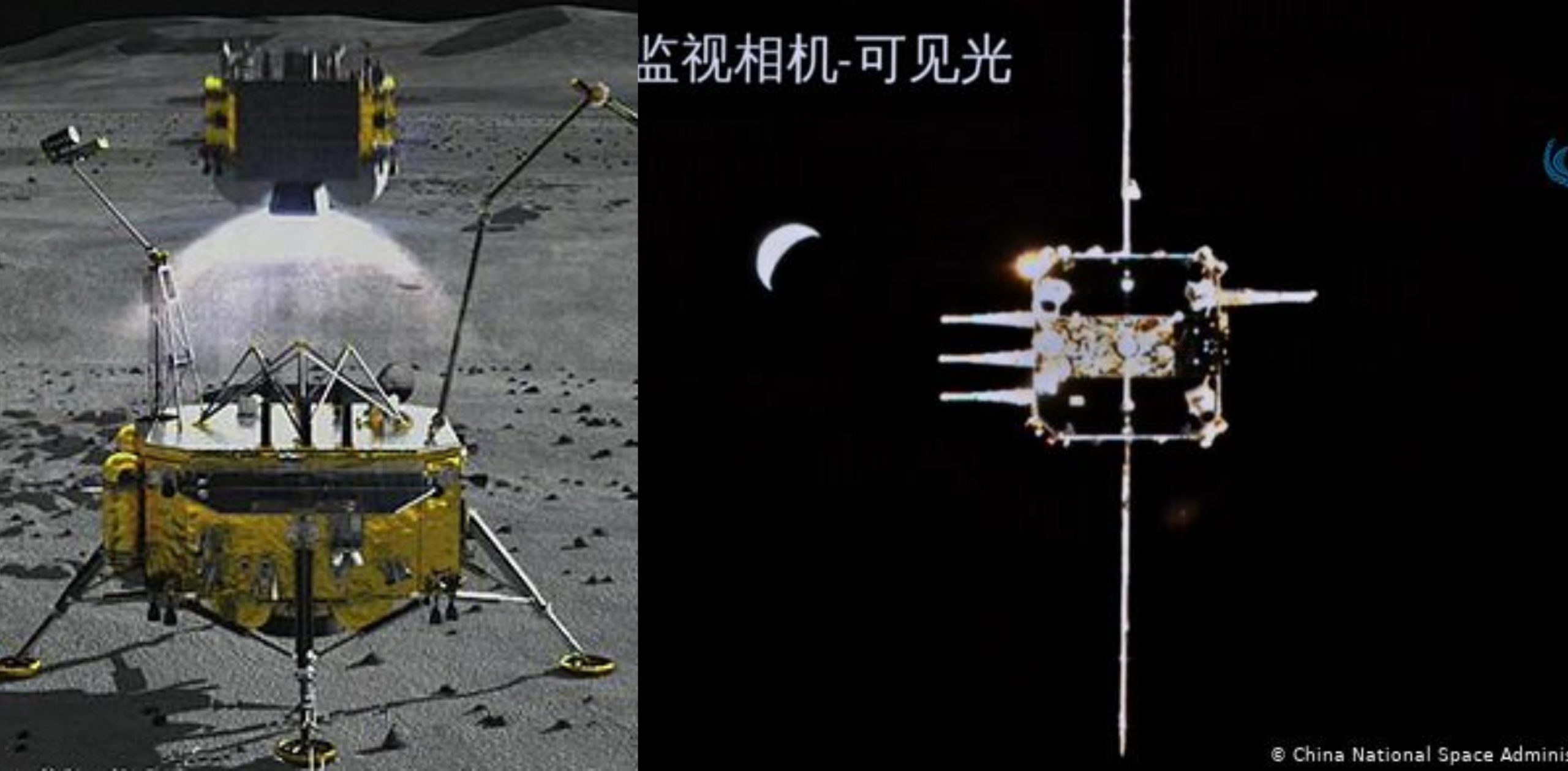

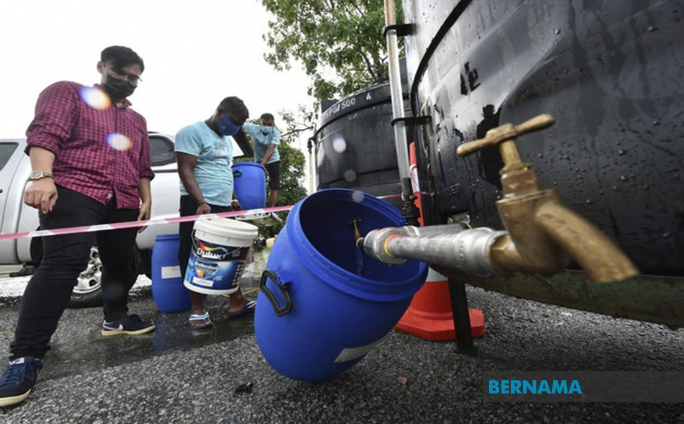

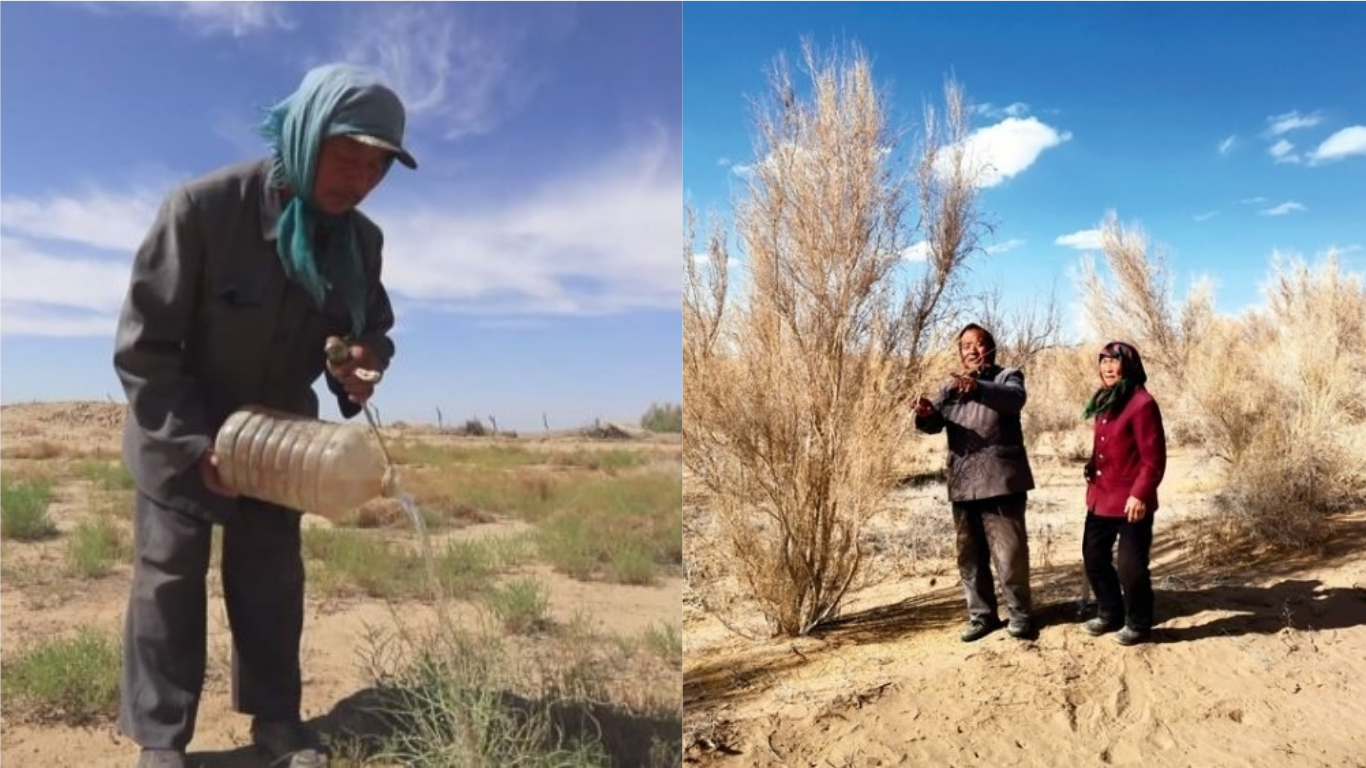
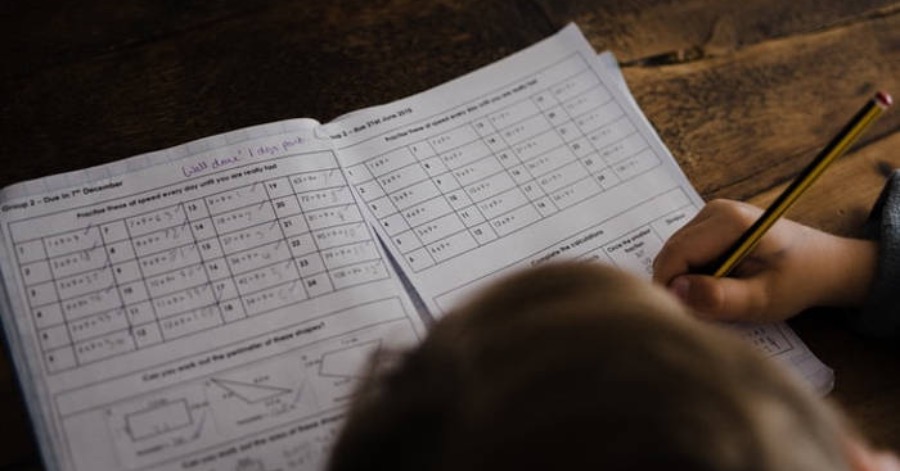
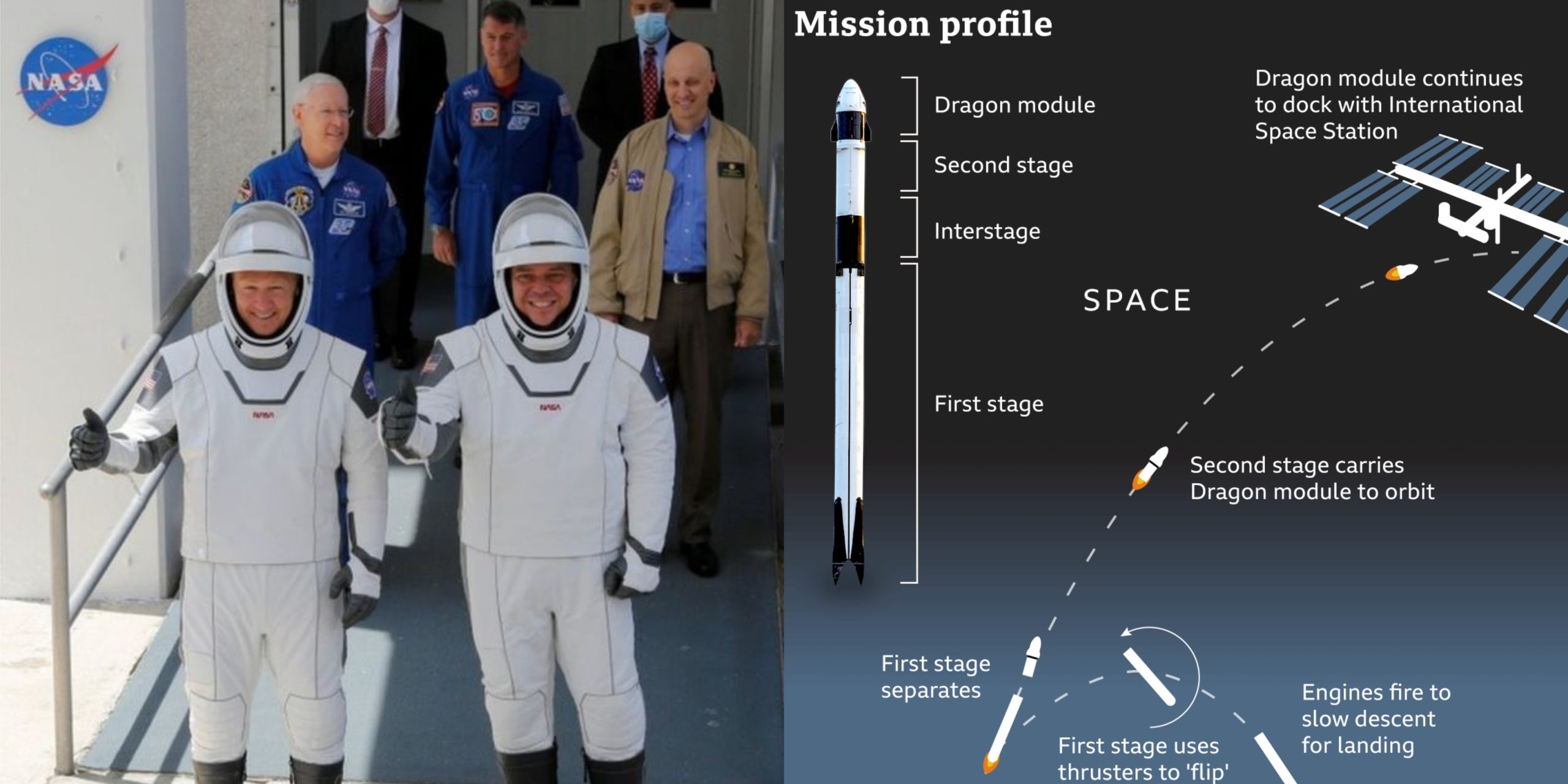

Leave a Comment